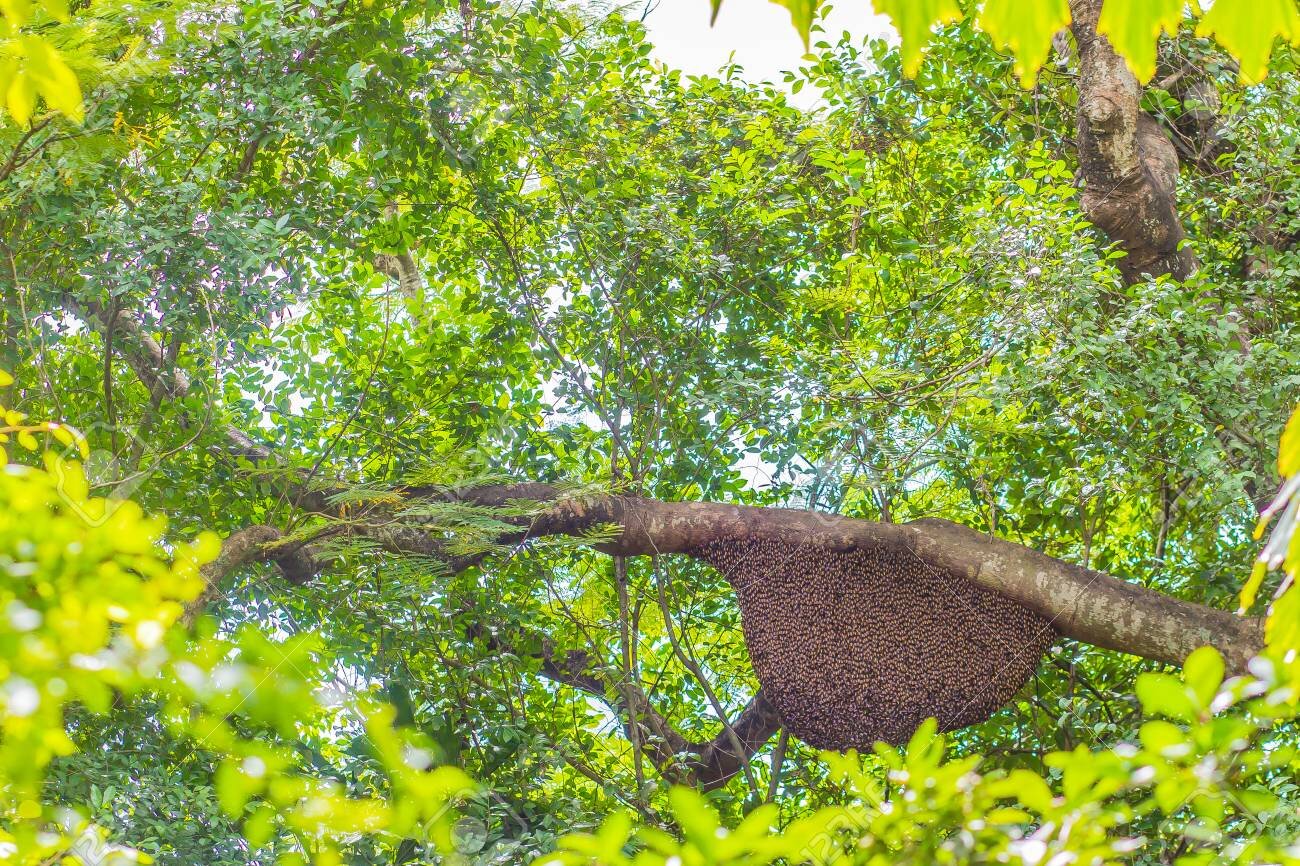We're worrying about the wrong bees
Are bees really going extinct? Factors such as climate change, agricultural practices, and intraspecies competition is resulting in declining wild and honeybee populations. Photo Source: Pixabay
Last summer, I worked at a honey and bee-keeping shop in the iconic San Francisco Ferry Building. The shop featured honey from all around the world, and my days included learning about the difference between the warm and butterscotch flavored California Clover and the delicate and floral Orange Blossom and trying to convince customers that no, twenty dollars for a medium jar of honey isn’t that expensive.
And the best part: strolling up and down the Ferry Building in a head-to-toe bee costume handing out samples to whoever would take them. I wish I was kidding but, alas, I am not.
“The best part of selling honey: strolling up and down in a head-to-toe bee costume handing out samples. I wish I was kidding. I am not.”
At the time, I fielded a lot of bee-related questions: “How do bees pollinate plants?” “How do you make honey out of avocados?” “So do you take care of the bees?” (No, I did not.) But the one single question customers asked daily was this one: “So, are bees really disappearing?” I decided to find out.
People often think of bees as those yellow, fuzzy, and stripey bumblebees that we see in the Honey Bunches of Oats commercials. In reality, there are more 20,000 different species of bees across the globe. While these bees fall into various categories, ranging from social bumblebees, who live in large colonies, to solitary mining bees and carpenter bees, who live alone and dig nests in places such as wood or dirt, they can be broadly divided into domesticated honeybees or wild (or native) bees.
Although honeybees exist in the wild, the majority are farmed and outsourced by industrial beekeepers to produce honey and food, such as almonds, apples, and cherries. They tend to be generalists, meaning they can pollinate and produce a large number of crops. While European honeybee is the one most commonly used on farms, honeybees in Asia are used by humans as well.
Native bees, on the other hand, are specialists and specific to particular locations. While we do not get honey from native bees, they are nonetheless integral to pollinating plants, and providing us with food. Wild bees pollinate more than 87 percent of the crops we eat, making them worth hundreds of billions of dollars globally. They also help create healthy and diverse ecosystems in the wild.
When we hear that bees are threatened, we tend to have in mind one type of bee: the honeybee. But the honeybee isn’t the species at most risk of becoming extinct.
A bee farmer and his beehive. Photo Source: Timothy Paule
Don’t get me wrong—plenty of issues endanger honeybee populations. Since 2006, commercial beekeepers have reported that the use of pesticides on agricultural crops has led to population losses of between 29 and 45 percent per year. Bees exposed to pesticide crops fall victim to both contaminated molecules in the air and contaminated pollen. Even at low doses, pesticide exposure compromises immune system function in bees, and shortens their life cycle.
The life of a domesticated honeybee is short and brutal. But it isn’t about to disappear—in the near future anyway. To combat diminished bee populations, farmers respond—by increasing their breeding and moving them to chemical-free areas, such as national parks and forests. In so doing, they create new problems—for wild bees.
“Stress on native bees is inevitable when an apiary with dozens of hives is parked on a national forest.”
By pouring resources into keeping honeybees alive, farmers are contributing to the decline of native bee populations by fostering competition for resources between domestic and wild bees. The more we bolster domesticated bees, the fewer resources are left over for native ones, especially when honeybees are moved to pesticide-free land once solely the domain of wild colonies.
“Stress on native bees is inevitable when an apiary with dozens of hives, each hive housing 10,000 to 60,000 honeybees, is parked on a national forest,” says Mary O’Brien, Utah forest programs director. She notes that in one month, a typical single honey-bee location housing at least 40 hives consume the same amount of pollen as 1.3 million native bees.
There’s also the dramatic fall-out introduced by climate change. Rising global temperatures have altered the natural blooming patterns of native plants. These changes affect wild bees, which have pollen-hunting limitations, more than honeybees. In a University of New Hampshire study evaluating plant-pollinator networks over the past 125 years, researchers found that over 30 percent have vanished. Also, while 64 percent of the native plants still exist, the bees no longer visit them.
A wild beehive created in a national forest. Photo Source: 123RF
“For a bee that’s out for months on end or is a generalist pollinator, this isn’t such a critical mismatch,” says Sandra Rehan, a researcher at the University of New Hampshire. “But for a bee that’s only out for two weeks of the year and only has a few floral hosts, this could be devastating.”
It is possible to help wild bees, though global warming is making it harder. Protecting natural habitats, replacing lawns with meadows, and developing landscapes to support all types of pollinator communities is a powerful way to make a difference. Solutions include leaving wildflower plants and weeds that honeybee farmers tend to remove, and planting bee-friendly stands of flowers and plants in your yards. To give all bees a chance, avoid pesticides whenever possible, by choosing organic nuts, grains, produce, plant-milks, and other products.
And to all those perplexed customers who saw me running around the Ferry Building in my bee costume, and stopped to ask, “Are bees really disappearing?” As of right now, the answer is yes. But there’s still time to help.











